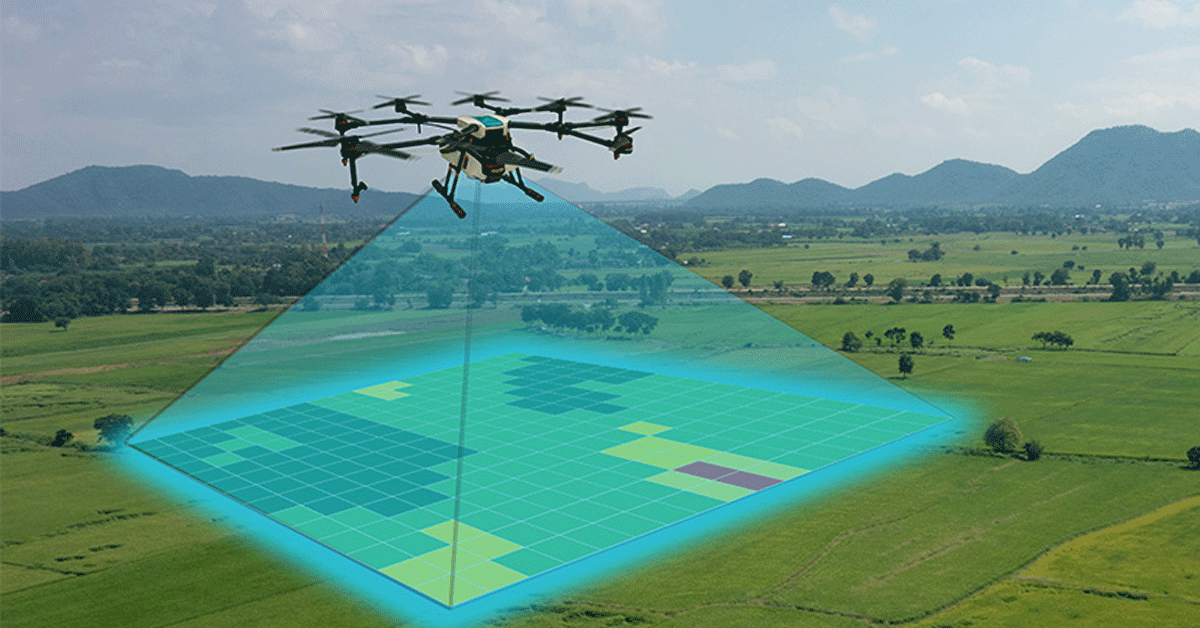The world population is growing rapidly; currently, it's 8.1 Billion. More people means more cravings and more food, yet only a mere 4% of land will be available for farming by 2050. Traditional agricultural methods? They won't cut it.
Here's where Artificial Intelligence will become the saving grace for agriculture. AI power tools and algorithms are already calculating and fighting climate change, population explosion, and employment troubles in farming.
And it's working, pushing crop production, real-time monitoring, and everything about agriculture to a new level of sustainability. Basically, AI helps farmers make better decisions and farm more efficiently for sustainable agriculture at the end of the day.
Adding an ai-based automation mechanism to your supply chain or food supply is another advantage of this. The AI in agriculture market is projected to grow from USD 1.7 billion in 2023 to USD 4.7 billion in 2028. Some reports say The AI market in agriculture is expected to reach USD 1610 Million by 2030.
I'm going to explain to you how AI is used in agriculture. Plus, I'll be answering one more question: Will AI take over agriculture? Let's start from the beginning.
What is Artificial Intelligence (AI)?
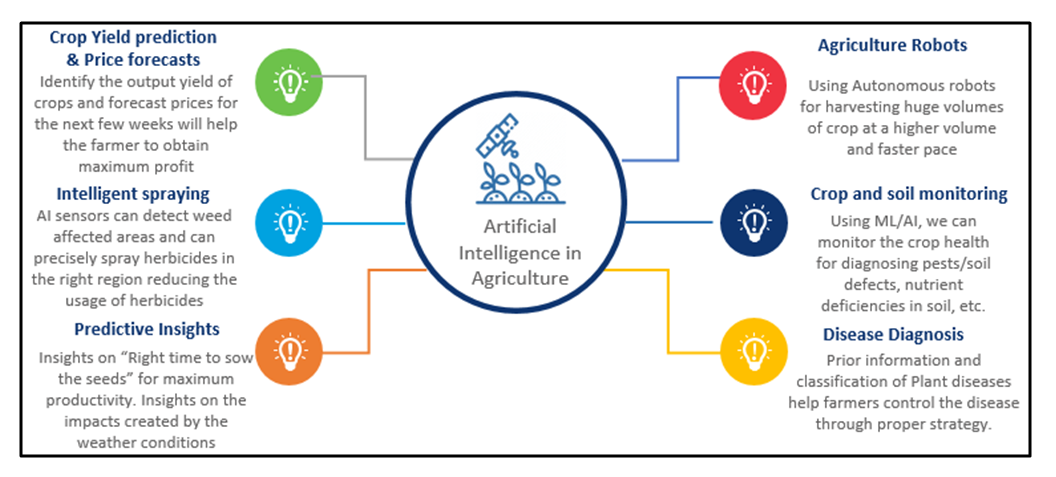
Artificial intelligence is the capability of a machine or computer program to learn and think. It's a field of study in computer science that aims to make computers smarter.
Basically, thinking like a human being and doing tasks such as visual perception, speech recognition, decision-making, and translation between languages normally require a human being.
The end target would be a machine that can imitate human cognitive abilities. We have a fancy term for that, which is Artificial General Intelligence (AGI) with the power of artificial neural networks and machine Learning. If you wanna know more about how things work in AI and about the history of artificial intelligence, read this article.

The Challenges in Agriculture Using Traditional Methods
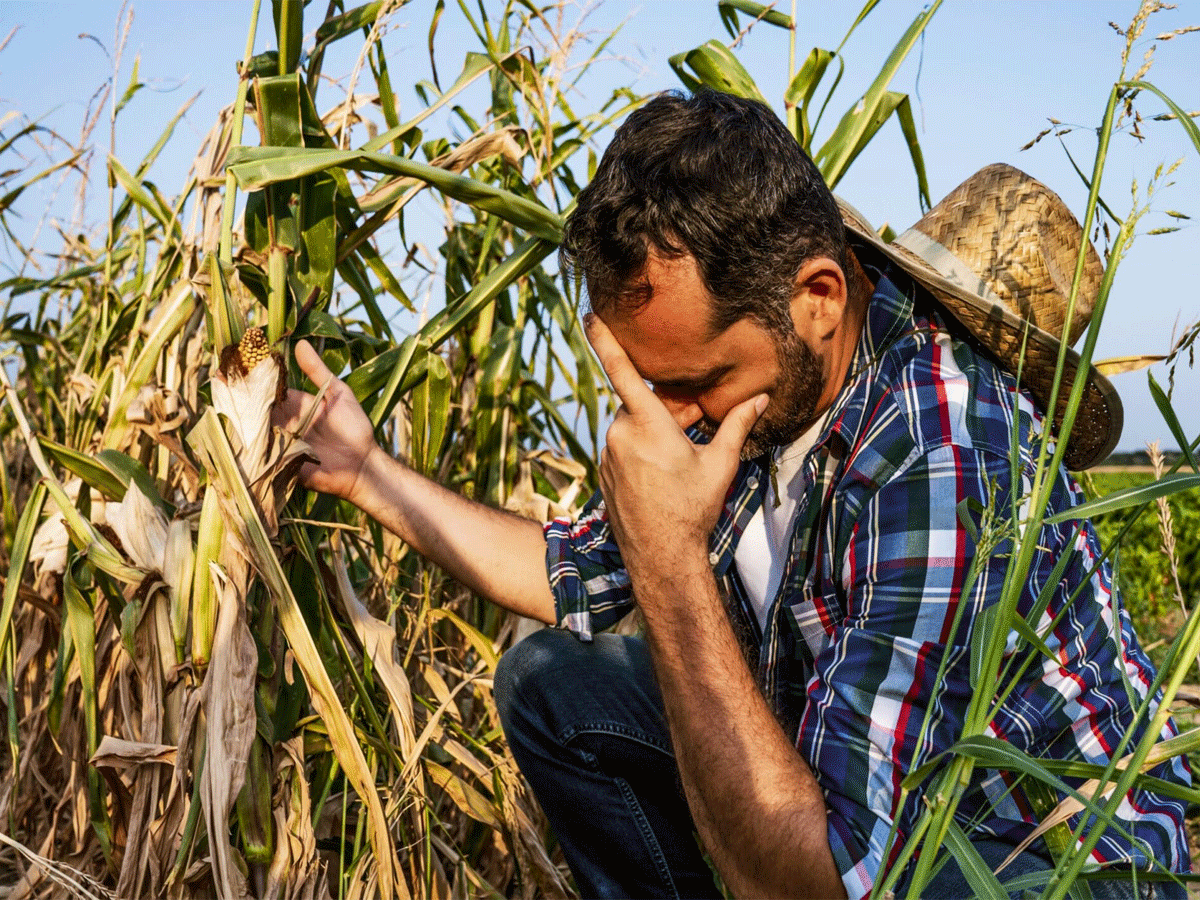
To adapt to these new AI technologies for agriculture, there should be challenges and problems, right? So, let's talk about the struggles our farmers face with the old-school ways of doing things.
Imagine you're a farmer trying to outsmart Mother Nature and grow your crops against all odds. Not the fake mother nature appeared at Apple event to appreciate their green concepts.
Impact of Weather Factors on Decision-Making in Farming
First up, the weather. Unpredictable weather could mess with farming and agriculture. When you decide on your farming strategy, you have to consider weather patterns. Traditional methods just can't keep up with the climate changes.
Nutrient Deficiencies Affecting Soil Quality
Soil quality is the backbone of farming success. But the soil isn't always nutrient-rich and in good condition to farm. Nitrogen, phosphorus, and Potassium – the holy trinity of soil nutrition – need to be in the right balance. But figuring that out with traditional methods is pretty challenging. Poor soil quality leads to sad, undernourished crops.

Inefficiency in Identifying and Preventing Crops from Weeds Using Traditional Methods
Weeds are also a major challenge in farming. Traditional methods for spotting and stopping them are, well, not the most efficient. Weeds not only mess with your crops but also increase your food production costs. Traditional farming methods just can't keep up because these weeds can adapt to the same methods used to eliminate them.
Applications of Artificial Intelligence in Agriculture
Let's talk about how Artificial Intelligence is changing agriculture and solving most of the problems of traditional methods. If you want to read more about them, read this article, 'Advantages and Drawbacks of Artificial Intelligence.' You’ll get a better understanding of how to use AI as well.
Weather & Price Forecasting
AI could help farmers to make decisions that can make or break a season. When to harvest, sow seeds, or prep the soil – AI analyzes the weather and gives farmers the inside. And forecasts prices, giving farmers a heads-up on the market game. With those early data, a farmer could adapt their farming methods according to the stats and forecast.
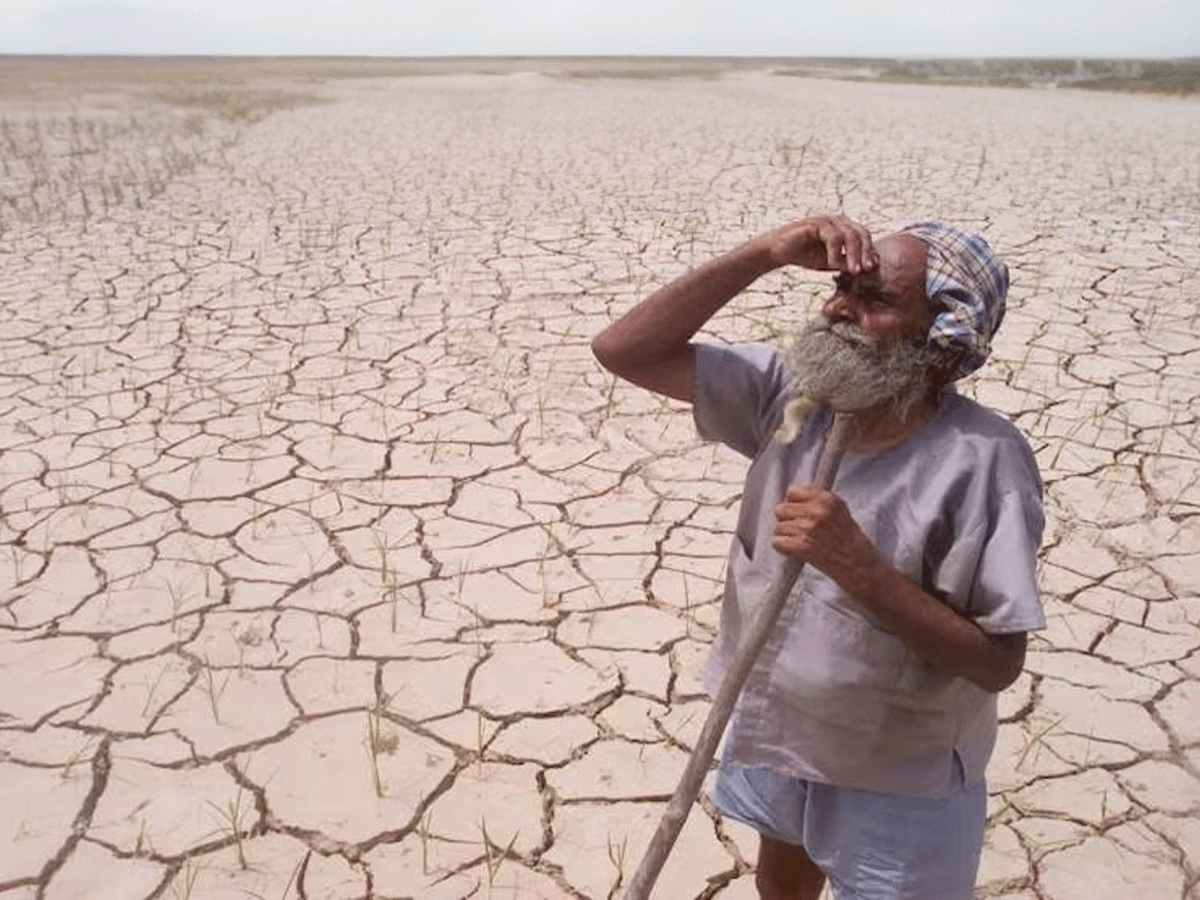
The predictions are mostly made based on an AI-powered algorithm called the sliding window algorithm. With this algorithm, monthwise results are computed for at least three years to check the accuracy. The results of the approach suggested that the method used for weather condition prediction is quite efficient, with an average accuracy of 92.2%.
Health Monitoring of Crops
With the power of Artificial Intelligence, apps like Plantix could do so much help to monitor crops. There are so many services like that, but I'll explain this with Plantix.
It identifies soil deficiencies, spots pests, and diagnoses diseases. Farmers snap a pic, and the app tells them what their crops need. Plantix app claims to diagnose pest damages, plant diseases, and nutrient deficiencies affecting crops and offers corresponding treatment measures.
Agriculture Robotics
AI-driven robots multitask like pros. They check crop quality, detect pests, and even handle the heavy lifting during harvest. These robots aren't just about efficiency; they're about securing a top-notch crop without the hassle. Agricultural robots can take over many of the farmer's slow or labor-intensive duties.

Some examples of AI robot farming machines include:
- Stout Smart Cultivator
- Techno tractor
- Monarch autonomous tractor
- Carbon Robotics Laserweeder Robot
Intelligent Spraying
AI brings it to the field with sensors and robots that are very precise in spraying chemicals, herbicide or pesticide. These robots pinpoint the weeds with surgical precision. Less chemical and pesticide usage, less environmental impact, and more savings for farmers.
Intelligent spraying, also known as smart spraying in agriculture & farming, is a targeted spraying system that uses machine vision (MV) and artificial intelligence to improve crop productivity.
An intelligent sprayer system may include a LiDAR laser sensor, Radar ground speed sensor, Embedded computer, Pulse width modulation nozzles, Camera, and AI algorithm to process all the input data gathered from these sensors.
That system could Scan the crop canopy and then Detecting weeds in real-time and finally, Spraying a precise amount of chemicals or pesticide on a specific spot.
Disease Diagnosis
With AI systems, predicting diseases and making diagnoses is pretty easy. You have to take images of plants, process them through their algorithms, and identify diseases, pests, and even nutrient deficiencies. AI algorithms and these smart tools can analyze data from sensors, drones, and satellite imagery to identify crop diseases and infestations.
This early detection can help farmers prevent widespread damage and minimize yield losses. These programs work with Convolutional neural networks, Artificial neural networks, and Deep learning technologies. These techniques have been used for disease detection in many crops, including Rice, Wheat, Maize, Cotton, Tomato, Peas, Potato, Cucumber, Cassava, and Berries.
Precision Agriculture
Precision farming or Precision Agriculture is basically AI that identifies stress levels in plants using high-tech sensors and machine learning. The data collected guides farmers to make precise decisions – the soil to determine the amount of water, nutrients, and fertilizer needed. AI can also analyze soil samples to determine which nutrients may be lacking.
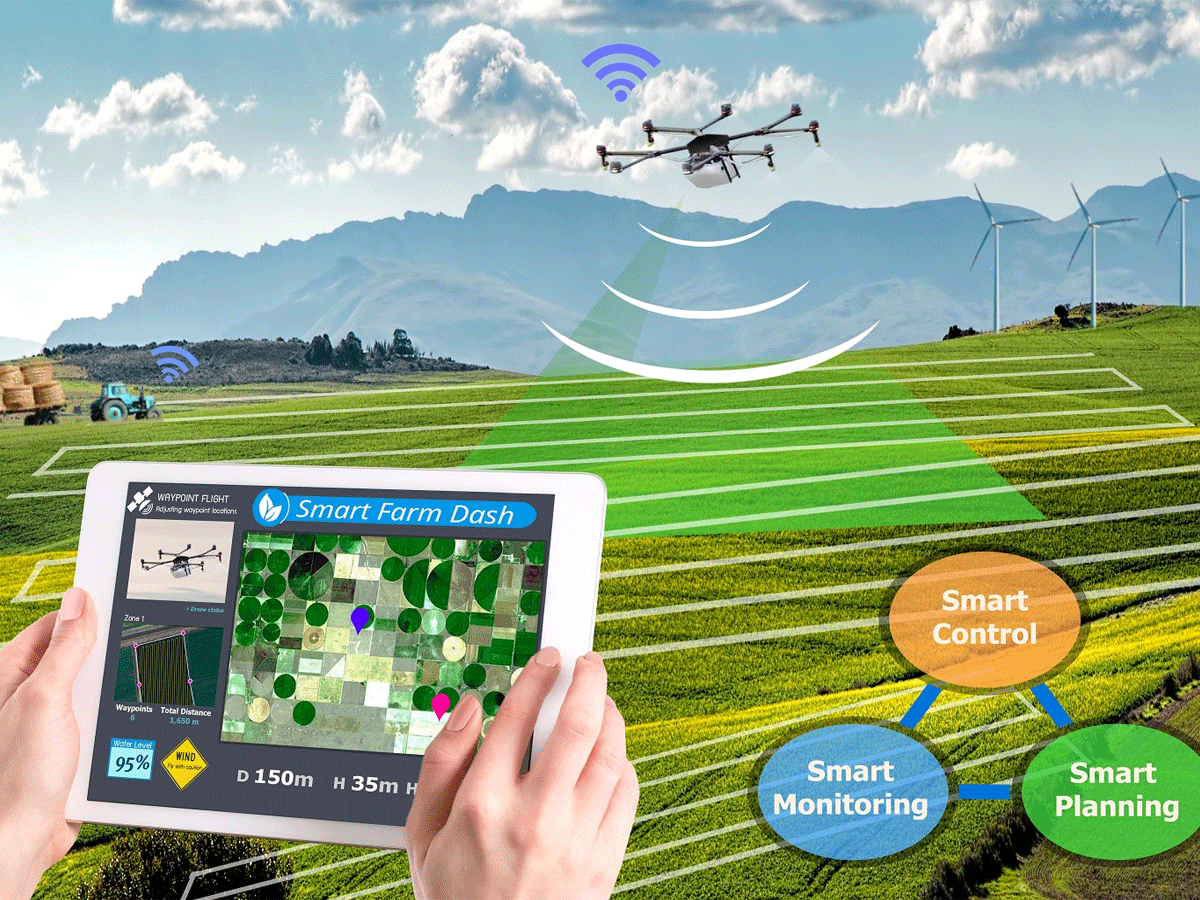
AI Startups in Agriculture
The global population is set to hit 9.8 billion by 2050. This situation will demand around 14,886 million tons of World cereal equivalent (CE) food.
A staggering 40 percent of worldwide crop production is lost each year due to pest-related problems. This underscores the immediate need to reconsider agricultural practices, aiming to enhance yields and fulfill the increasing demands for food.
Many companies, especially startups, are adopting AI and ML technology to revolutionize their agricultural practices. Here are some of them.
Prospera
Prospera Technologies is an Israeli company. They provide cloud-based solutions to agricultural companies. This cloud-based solution isn't just about collecting data; it's about translating it into insights that farmers can dance to. Prospera gathers data from the fields – soil composition, water levels, and aerial images. Their device, aptly named the Prospera device, transforms this input data into actionable insights using various sensors and technologies like computer vision.
Blue River Technology
California-based Blue River Technology, founded in 2011, combines AI, computer vision, and robotics to create next-generation farm equipment. This equipment saves farmers' costs and chemicals, pesticide and provides crops with a superhero-level defense against threats.
FarmBot
FarmBot is an open-source, accessible, and designed robot. At a price of $4000, it's a complete package that brings precision farming to your backyard. It's not just a physical bot; it's a web app, too, allowing you to manage your farm from anywhere. From planting seeds to detecting weeds, FarmBot is a DIY dream for the modern farmer.
Fasal
India-based Fasal is also a great agriculture company. The company is all about making technology accessible, especially for smaller farms. Fasal uses affordable sensors and AI's magic to provide farmers with real-time data and insights. From weather updates to nutrient levels, Fasal ensures that every farmer, big or small, can tap into the power of input data-driven farming.
OneSoil
OneSoil AG is the company that made the OneSoil app. OneSoil app uses machine-learning algorithms and computer vision for precision farming. OneSoil's app checks the weather, identifies field problems, and calculates fertilizer rates – all in a day's work. The OneSoil platform consists of the OneSoil app, the OneSoil Yield app, and the OneSoil Global Analytics.
Benefits and Challenges of AI in Agriculture
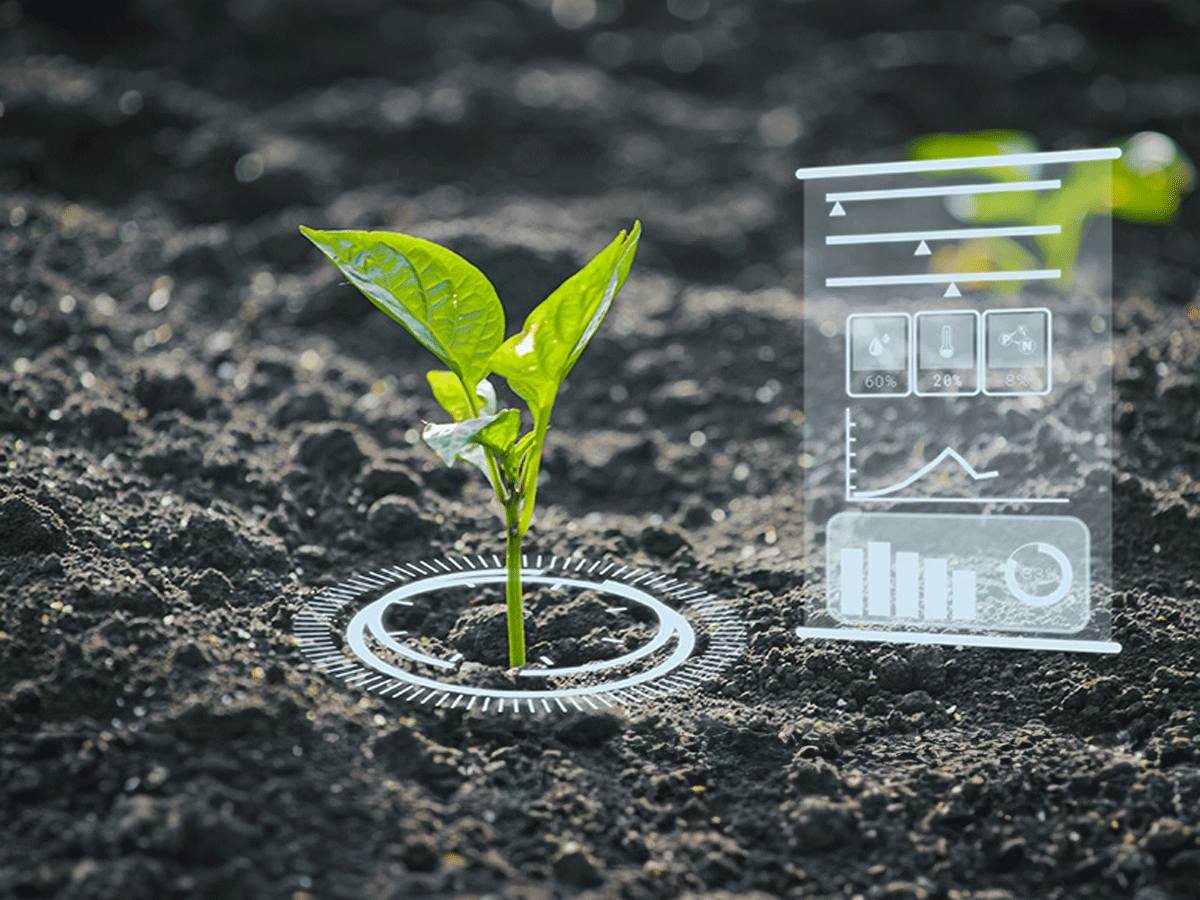
Let's talk about the promising advantages and the formidable challenges that come hand in hand with this technological metamorphosis of Artificial intelligence.
Advantages of AI in Agriculture
Better Decision-Making
With AI, farmers could do predictive analytics and precision farming. AI also optimizes resource usage, reducing wastage and costs.
Labor Reduction
The fields no longer need an army of farmhands and labor; they need the precision of AI-driven machines. With driverless tractors, smart irrigation and fertilizing systems, and robots adept at tasks that once required human hands. AI doesn't replace the farmer; it amplifies their capabilities.
Challenges of AI in Agriculture

Lack of Familiarity
In the world of buttons and algorithms, many farmers still navigate with plows and hoes. The challenge is bridging the gap between the age-old wisdom of traditional farming and the new-age language of AI. AI companies must provide solutions and the tools to understand and embrace these solutions.
Lack of Experience
Imagine introducing a smartphone to someone who has never seen a telephone. That's the scenario in areas where agricultural technology is a stranger. For AI to revolutionize farming, there needs to be a grassroots effort to educate and hand-hold farmers through this technological transformation.
Privacy and Security Issues
In this technological era, AI brings forth concerns about privacy and security. The lack of clear regulations and policies in AI can be a double-edged sword. The road to a tech-infused farm is paved with potential pitfalls, from cyber-attacks to data leaks. Farmers need assurance that embracing AI won't compromise the sanctity of their operations.
The potential of AI in agriculture is not a final act; it's an ongoing dialogue between tradition and technology, challenges and solutions.
